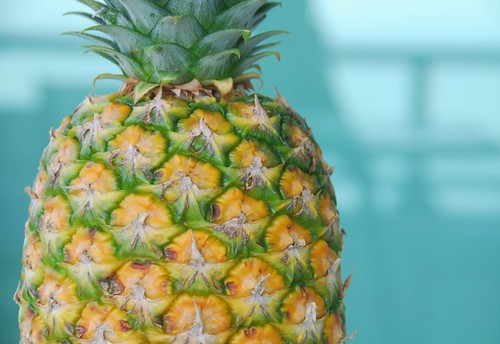Tessellation Examples!
Look below to see some examples! |
| Multiple wood cells. This tessellation consists of multiple wood cells that interlock together. Some of these cells are intercepted by traversals, creating corresponding, consecutive interior, and other types of angles. We don't know that the traversals or the lines of the quadrilaterals are parallel so we cannot assume that these type of angles are congruent/supplementary. |
 | ||
|
 |
| A turtle shell. A turtle shell shows a special tessellation (at least for Kristian) since they use multiple, different shapes, instead of seeing the same shape over and over again. In this shell, we see 3 irregular hexagons surrounded by pentagons, also surrounded by many quadrilaterals. Pentagons have a total angle measure of 540 degrees, hexagons have a total measure of 720 degrees, and quadrilaterals have a total angle measure of 360. |
 |
| A honeycomb. Finally, A honeycomb is a perfect example of a natural tessellation. It uses regular hexagons to form this natural mosaic around the surface area of the hive. Since these are regular hexagons, each interior angle of each hexagon are 120 degrees, and all the angles in one of the hexagons equal 720 degrees. I hope you learned some information today, but I wanna ask you this. How do you think tessellations can become an important part of life? Let us know in the comment box below. I hope this was a worthwhile blog post to read. Let us know how you felt also by "reacting" and commenting below. Stick around for more posts! |

I read ur blog it was very helpful for my project thanking
ReplyDeletei
ReplyDeleteA friend "discovered" the tesalation pattern of two pentagons surrounded by heptagons and were wondering if this pattern ever occurs in nature? Anyone know about this?
ReplyDelete